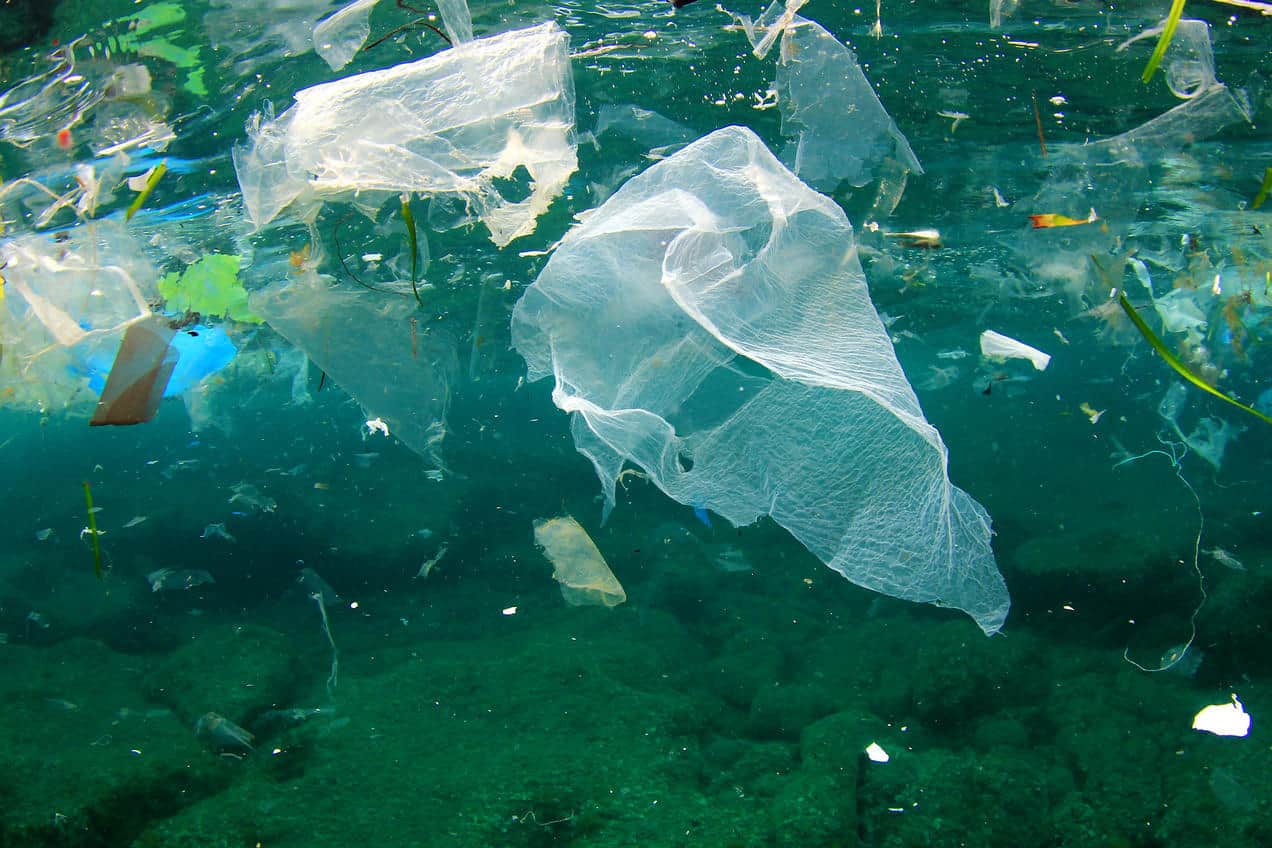The Chesapeake region has many turtles: land turtles, freshwater turtles, even sea turtles. However, there’s only one Bay turtle, the diamondback terrapin, with its iconic carapace (shell) and its beautiful, slate blue flippers. Chesapeake terrapins live unobtrusive lives around salt marshes, scavenging in shallow water. Their ecological niche overlaps with shallow water habits of blue crabs. Thus, it’s no surprise they turn up together in crab pots.
There’s only one problem: crabs can “breathe” oxygen from the water; terrapins can’t. They have to surface every few minutes to grab a breath. Some drown each year. How many? There’s no good data in either commercial or recreational pots (Virginia allows recreational crabbers to fish two), nor is there information on how many terrapins there are in the Chesapeake, beyond knowledge in both Virginia and Maryland of hot spots like Poplar Island, where they appear to be thriving. Neither state permits harvest of terrapins any longer, and numbers appear to have improved since commercial harvest nearly obliterated them a century ago, but there’s interest in protecting them from unnecessary mortality.
Enter J.D. Kloepfer, resident herpetologist with the Virginia Division of Wildlife Resources (DWR), Dr. Randy Chambers, Director of William & Mary’s Keck Environmental Field Laboratory, and Madeline Reinsel, research assistant at the Keck Lab. They talked over using a standard rectangular plastic bycatch reduction device (BRD) mounted in a pot’s entry tunnel so it would allow low-slung crabs to enter but prevent high-domed terrapins from coming in. Kloepfer suggested that an oval BRD might be more effective. Reinsel developed 3-D print designs on Tinkercad. Students and staff W&M’s Swem Library Makerspace printed 50 oval plastic BRDs for an experiment.
Chambers and Reinsel saw a great research project for two Keck Lab undergraduates, Michael Gibson and Natalie Klesch. The two spent last summer running crab pots with rectangular BRDs, oval BRDs, and “controls” with no BRDs. Each pot was conventional except for a round, four-foot-high wire “snorkel” that allowed trapped terrapins to swim up and breathe. Using a canoe, Gibson and Klesch fished their pots every day in lower York River tributaries Indian Field Creek and Felgates Creek, under a scientific collecting permit and with special permission for areas closed to both commercial and recreational fishing. They counted and measured every crab and terrapin they caught, recording their observations before releasing the critters.
The upshot? Gibson and Klesch presented their project and their preliminary conclusions at the August conference of the Mid-Atlantic Diamondback Terrapin Working Group. (Watch the video below to see the research in action). The two BRDs were equally effective in deterring terrapins but allowing crabs to enter the pots, relative to the mixed crab/terrapin catch in the control pots. The oval BRD, however, proved to have one important advantage: it is far easier to fit into and attach to a pot’s oval mouth.
Will the crab industry adopt these BRDs? Not until there’s an incentive to add them at the additional cost of around $0.50 per pot, plus installation time, so the jury is still out, but it’s an interesting idea for recreational crabbers concerned about terrapins. In the meantime, the folks at the Virginia Department of Wildlife Resources and the Keck Environmental Field Laboratory will continue to work with terrapins to see how much additional protection they may need.
–John Page Williams




